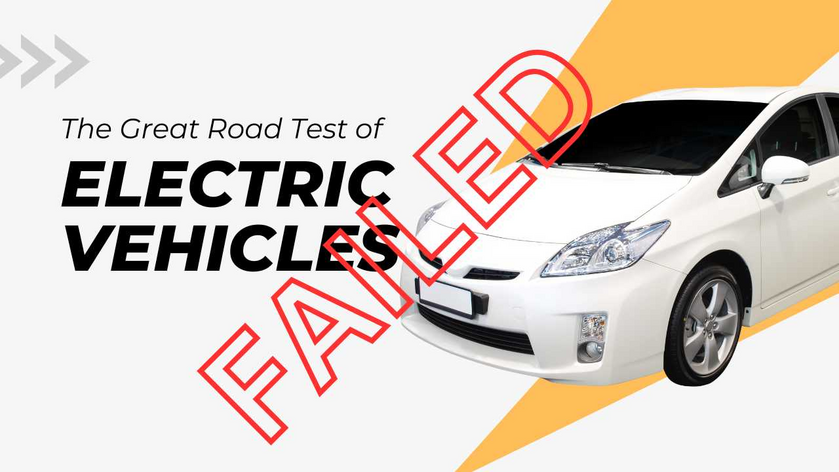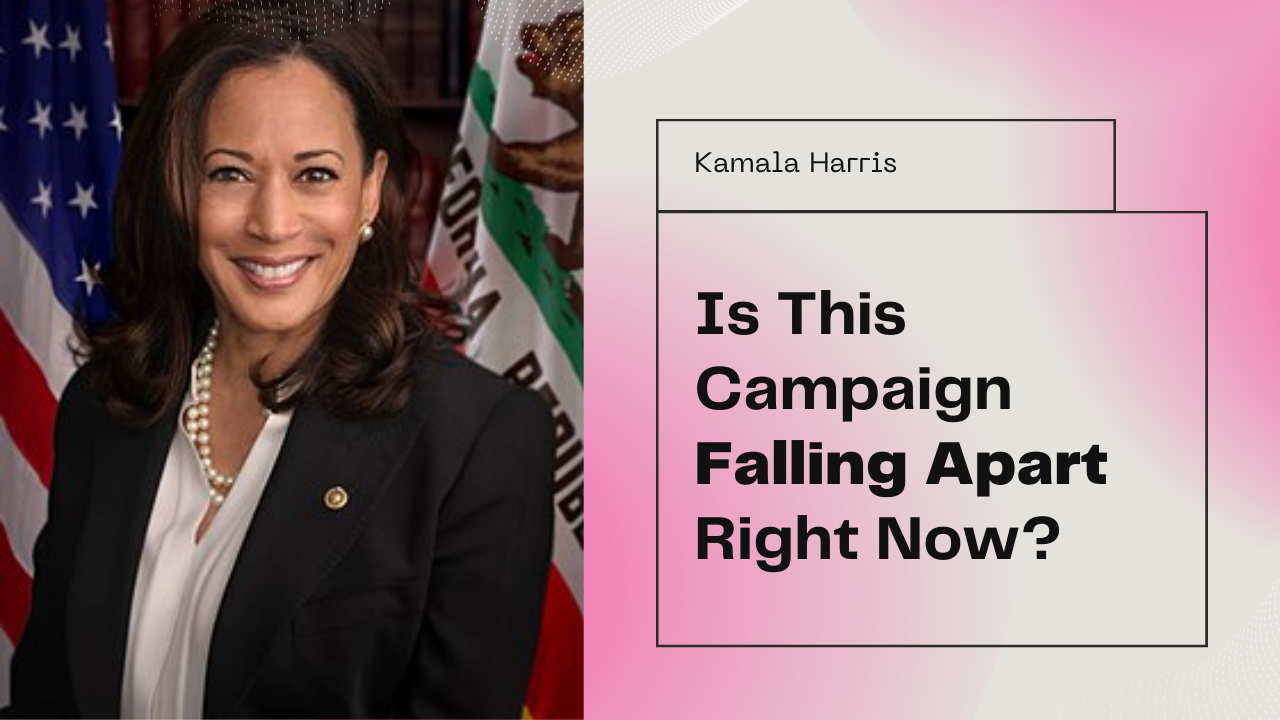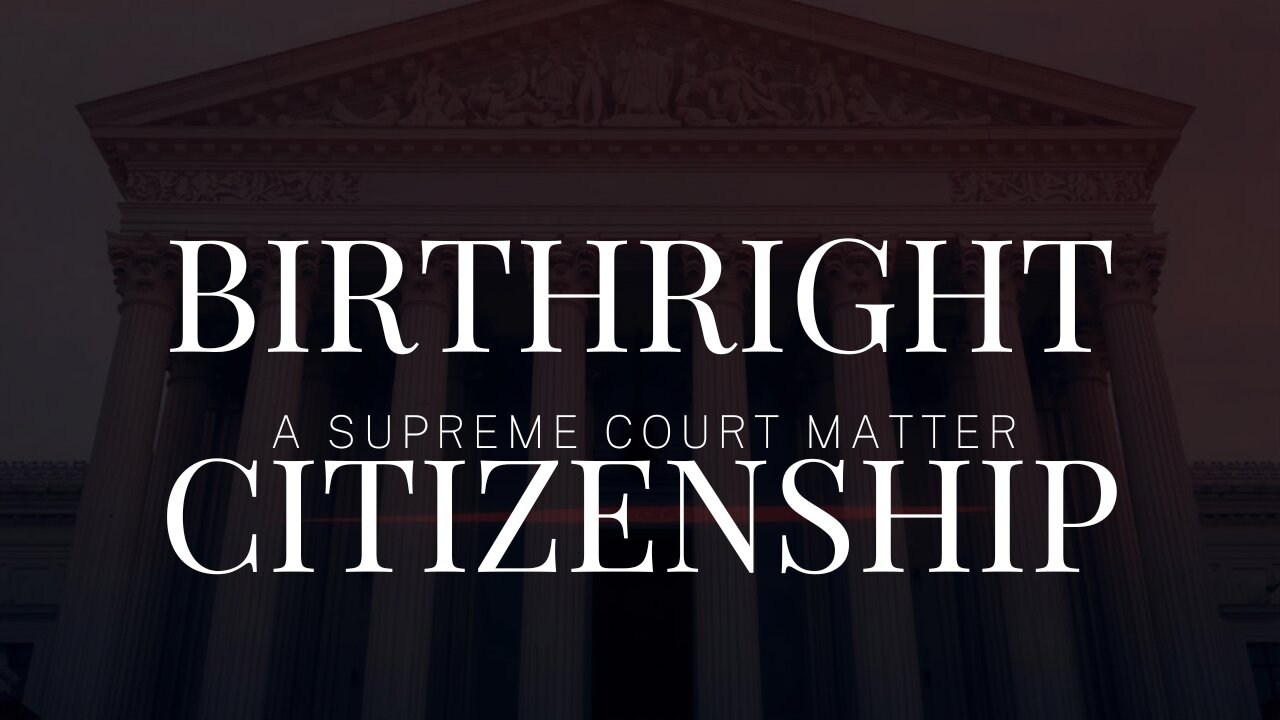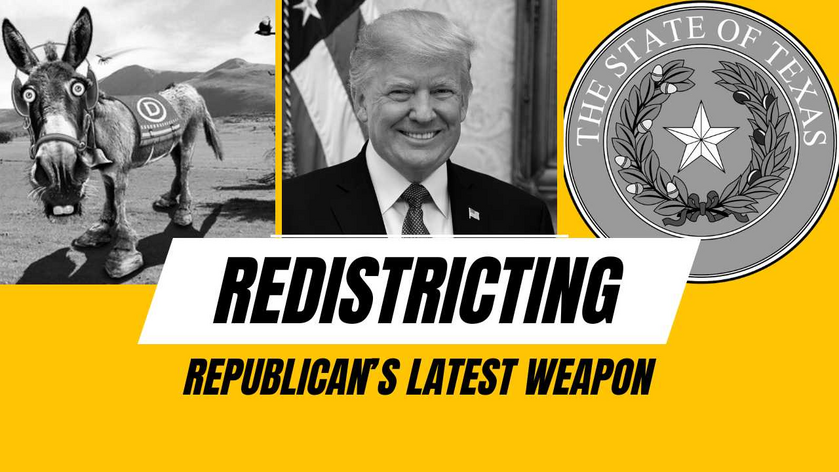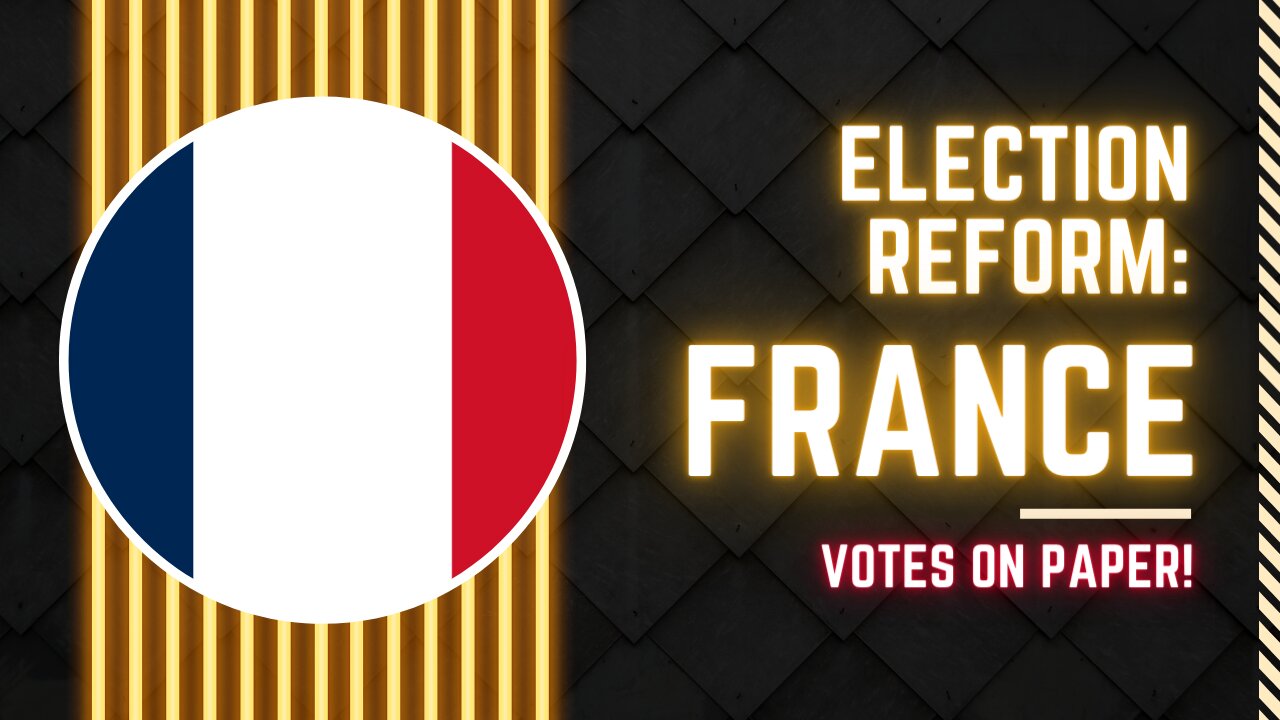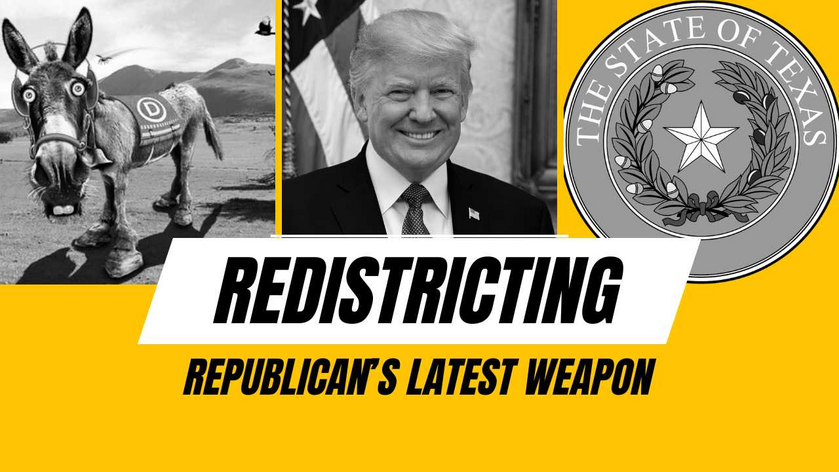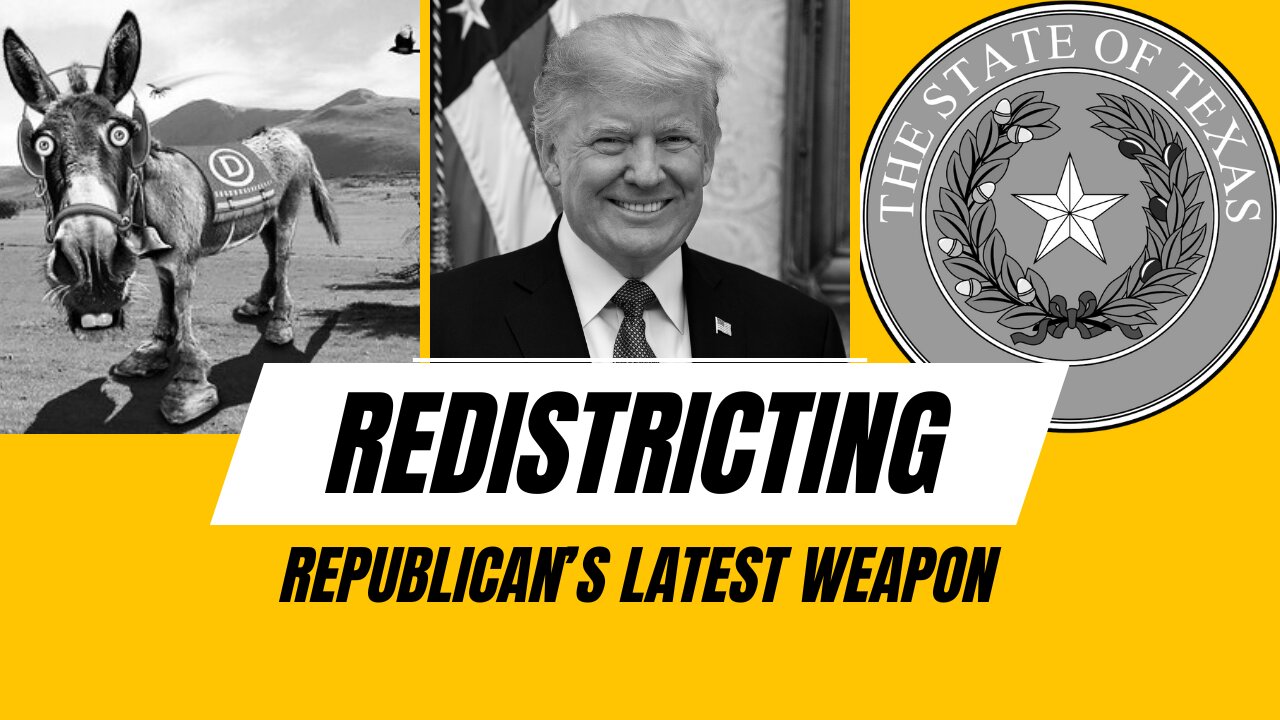The Great American Electric Vehicle Test Drive has now concluded – and electric vehicles have failed the test. These vehicles started with great promise, both primary and secondary. For that reason, those who took part in this Grand Test Drive, did so of their own free will. Furthermore, they were forgiving customers, willing to “trade off” any perceived inconveniences for the sake of those promises. Now those same customers – except a merciful few who lost their lives – are returning electric vehicles. The internal combustion engine (ICE) continues to reign supreme. No doubt the environmental movement will bewail this development and accuse “Big Oil” of sabotage. But they cannot deny the results of what is surely the fairest road test the electric vehicle concept could have had.
The great electric vehicle promise
Electric vehicles had one each major primary and secondary promise, which one may name for a type of gain. Any medical student on “core clinical clerkship in psychiatry” soon learns about primary and secondary gain. Primary gain is the immediate satisfaction or value a person receives, and secondary gain is any collateral satisfaction or value.
An electric vehicle was supposed to offer the primary gain of lower total cost of ownership and operation. This would result from lower costs of servicing a system with many fewer moving parts, and a lower energy budget. Energy budget is the total cost of energy added – and if a system wastes less, it needs less. So said the promise, and the theory.
Such a vehicle would also offer the secondary gain of community accolades for “doing one’s part” to “save the planet.” That particular gain depends on a narrative that holds, among other things:
The supply of hydrocarbon fuels or “fossil fuels” (so named because they are supposed to derive from fossils) is finite. That which is finite, is exhaustible.
Burning fossil fuels always emits certain substances that have a bad effect on the environment, human health, or both.
Carbon dioxide, the most copious by-product of such burning, is in critical excess in our atmosphere, to the extent that the earth will experience runaway warming if human society does not move at once to reduce that excess. This obviously involves emitting less, and could even involve sequestering it.
Four kinds of vehicle in the Great Electric Vehicle Test Drive
By “electric vehicle” CNAV means a vehicle having only a battery to power it. So the Great Electric Vehicle Test Drive pitted electric vehicles against three other vehicle types:
Conventional vehicles, having internal combustion engines only, and a battery powerful enough only to start the car,
Hybrid vehicles, having slightly larger batteries that can move the car (on one or more electric motors) for short distances, and
Plug-in hybrids having significantly larger batteries and a receptacle for recharging them with house current. Plug-in hybrids have very small engines good only for recharging or perhaps for providing cabin heat.
One can judge any vehicle by its efficiency – how much of the energy one puts into it, does useful work. For conventional cars, that figure is a disappointing twenty percent – or thirty-five percent for the rare conventional car with a Diesel engine. Battery-powered electric vehicles are rated at 80 to 85 percent efficiency. Hybrids achieve efficiencies midway between these two.
Why are conventional vehicles so inefficient? Part of it is that their engines are inherently inefficient machines – though Diesel engines are more efficient than gasoline engines. But conventional vehicles also typically waste energy at idle in all but (non-jammed) superhighway traffic. They also waste energy with braking.
Hybrid and battery-powered vehicles recover all the energy from idling – because they don’t idle. In addition, they carry dynamic or regenerative brakes that recharge the battery as they slow the car.
The most recent bad results
The most striking report of bad electric vehicle results comes from “Fox32 Chicago” (WFLD-TV. Channel 32, Fox Broadcasting, Chicago, Ill.). As it happened, the report came on Iowa Caucus Day. Temperatures throughout “Chicagoland” had fallen to eleven degrees Fahrenheit below zero after six inches of snow had fallen. (Zero Fahrenheit is the freezing point of saturated ammonium chloride brine – so when it drops below zero, salting won’t help!)
In Oak Brook, Illinois, according to “Fox32 Chicago,” a Tesla public charging station was taking anywhere from three hours to literally forever to recharge electric cars. Fox32 reporter Dane Placko said frankly, “Public charging stations have turned into car graveyards over the past couple of days.” One motorist’s car registered “charge zero” after two periods of three hours each. Another motorist said, “We’ve got a bunch of dead robots here.” Robots referred to the most sought-after “extra feature” of a Tesla – its autopilot system, that achieves SAE Level Two or Three autonomy.
CBS News reported similar results in Evergreen Park, Illinois. Several Tesla owners formed a queue in the early morning. But cold weather can drain a battery even when the car is not in use. That’s what happened to those hapless motorists, at least ten of whom called for tow-away service.
Tesla said they had pushed several updates to their cars’ charging systems. But the reports out of Oak Brook and Evergreen Park would indicate that those updates did not work.
Excuses, excuses
Warner Todd Huston of The Western Journal reported on one attempt to excuse these experiences. He quoted Mark Bilek of the Chicago Auto Trade Association as saying drivers needed to remember to “precondition” their batteries in such cold weather. (Ultimate source: “Fox32 Chicago.”) Preconditioning means warming the battery – not possible if the battery is totally dead.
Obviously any electric vehicle owner fortunate enough to own a house with a garage (attached or detached) has less worry. Such a person can have a qualified electrician install a clothes-dryer-rated circuit to support a Level Two charge device. That, plus keeping the door closed, solves the preconditioning issue. But that doesn’t apply in Chicago and most of its suburbs. People must park outside, in the open air. Worse, apartment complex owners everywhere have “dropped the ball” as regards electric vehicle adoption. They have failed to install anything more than a charging station or two – if that. Of course, an intersection near two or more complexes is an excellent place to locate a public charge station. But the open-air weather problem remains.
Furthermore, electric vehicle proponents cannot excuse such mishaps by pleading a rarity of cold weather. Motorists willingly “signed up,” effectively, to test these vehicles in a wide variety of real-world conditions. Cold weather is one of them. Extreme cold presents a challenge to any car – but by definition, gasoline engines can start in the cold better than Diesel engines, or batteries.
Fire hazard
Electric vehicles also have a fire hazard, and this has caused more than a few horrible deaths. Lithium-ion batteries tend to form “dendrites” that literally bridge the gap between their electrodes. That is the very definition of a short circuit and has caused explosions and fires. Cellphones have blown up in users’ hands that way, usually from overheating. But when it happens to an electric vehicle, the result is tragically fatal more often than not. Electric vehicles have caught fire and burned while in motion, or even parked.
The site Autoinsurance EZ reports that gasoline and hybrid vehicles have their fire hazards, too – and those are usually worse. Generally, batteries that suffer damage are far more likely to catch fire. Unfortunately, such damage is more likely, because the battery rides low in the chassis. When the car passes over a loose object, that presents a damage hazard.
Other failing grades
Fire, whether in transit or parked in a garage, is probably the worst that can happen. That aside, electric vehicles failed their Great Road Test for other reasons:
They have less driving range than even the heaviest conventional or hybrid vehicles (by gross vehicle weight). An EV battery stays the same weight no matter how much (or little) energy it has. Worse, such a battery degrades over time, and thus can hold less charge. Tesla and other automakers quote a range under the best road and weather conditions. Cold weather especially will drain the battery directly. And unlike an engine, which furnishes its own excess heat to keep you warm, a battery needs a heating element, or a heat pump, to serve that purpose.
An electric vehicle might have fewer service calls – but when it needs service, that can be expensive. Replacing the battery can be almost expensive as buying a new car.
Conventional vehicles very often run out of gas in a traffic jam, especially during an evacuation. Electric vehicles might make it – but if they don’t, recharging them will require a special-purpose road-service vehicle that, at present, doesn’t exist. Hybrid vehicles can last longer, and refueling them is just as easy.
Furthermore, conventional vehicles are getting more efficient! Auto Stop/Start systems will stop the engine while at idle, if the battery and cabin climate can spare that. To quote the proverb, every little bit helps.
How much energy to build or charge an electric vehicle?
Thus far almost no electric vehicle advocate addresses the energy to build one, much less to charge one. Building one requires resource extraction, plus power to run an assembly line. No one thought to develop battery-powered heavy equipment to assist in resource extraction. Elon Musk, founder of Tesla, has the grand dream of powering his factories with the sun. But he’s run into another problem: solar panels degrade, too. No one has reliably estimated whether the energy to make a solar panel equals or exceeds the energy one can get out of a solar panel.
Keeping an electric vehicle charged, even in mild weather, presents another problem. In the United States today, two areas of the country might be suitable for electric vehicle use. They are the Southeast and the Southwest. (Texas is out; the Arctic Flying Wedge will chill Texas as badly as the current cold snap is chilling Chicago.) Unfortunately, Gov. Gavin Newsom (D-Calif.) has shut down much of the generating capacity of his State. Now officials tell motorists not to recharge their cars or even operate their refrigerators or air conditioners!
It’s going to be the law!
Unfortunately, the United States – and California, the largest car market – are under an ideology that emphasizes the environment over human life, liberty and the pursuit of happiness. The Biden administration tried to push electric vehicle sales with tax credits. Of course the automakers hiked prices even more than the tax credit. Also in 2022, California announced its intention to forbid the sale of any gasoline-powered vehicles, including hybrids, by 2035.
Then-Gov. Ralph Northam (D-Va.) pushed through a law to mirror California’s ban. His successor, Republican Glenn Youngkin, has vowed to negate that. But New York State will follow California’s lead.
Federal subsidies involve more than tax credits for individual purchases. They include $900 million to build government charging stations, and $1 billion to build electric school buses. More recently they include $12 billion for retooling factories to build electric vehicles. All this is part of a larger package of subsidies for “green energy.” By one estimate this will cost more, in inflation-adjusted dollars, than Franklin D. Roosevelt’s make-work programs during the Great Depression. By another, electric vehicle owners would have to pay the equivalent of $17.33 per gallon if they had to shoulder the full burden their cars impose on the economy. This includes Corporate Average Fuel Economy and Green-House Gas credits, extra generating capacity, fuel taxes they don’t pay, and more wear-and-tear on the roads by reason of an electric vehicle’s greater weight.
The people talk back!
Now the general public is reacting, and were reacting even before the Chicago Deep Freeze episode. The next wave of motorists aren’t buying electric vehicles as fast as the first wave did. (And some people are even bringing them back!) Lack of charging stations turned out to be the weak link, as guest contributor John Murawski predicted. Even in communist China, electric vehicles are gathering dust in used-car lots – or turning into expensive planters in junk yards.
President Biden talked about electrifying the White House vehicle fleet. Someone pointed out to him that an electric version of the Presidential armored limousine (“The Beast”) would need an even more massive battery. (Which brings up another range problem: the heavier the car, the less the range. A bigger battery would weigh significantly more. Someone needs to develop an Electric Vehicle Equation, a counterpart to Konstantin Tsiolkovsky’s Rocket Equation!)
Mark P. Mills yesterday quoted the International Energy Agency as admitting a key weakness in any proposal to electrify the world’s vehicle fleets. Substituting electric vehicles for half the cars on the road today would reduce oil use by a mere ten percent. The vaunted efficiencies simply do not exist.
All this will no doubt become an election issue in the 2024 campaign. President Donald Trump was talking about electric vehicles and their problems last fall. The leftists who mocked him, should repeat their jibes to those Chicago motorists. And to anyone else who won’t buy an electric vehicle today.
Link to:
The article:
https://cnav.news/2024/01/18/editorial/talk/electric-vehicle-test-drive-fails/
Video:

Declarations of Truth X feed:
Declarations of Truth Locals Community:
https://declarationsoftruth.locals.com/
Conservative News and Views:
The CNAV Store:
Clixnet Media
